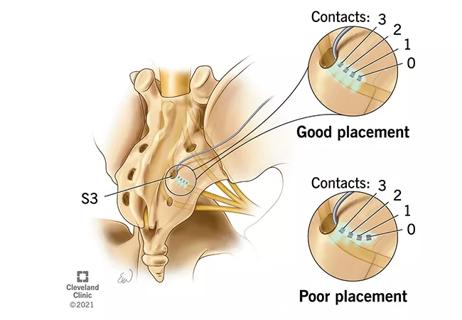Tips and tricks offered in this multipart surgery
Cleveland Clinic is a non-profit academic medical center. Advertising on our site helps support our mission. We do not endorse non-Cleveland Clinic products or services. Policy
Despite the fact that the incidence of urolithiasis and renal neoplasm are rising, encountering both entities in a single kidney is noteworthy. This narrated operative video outlines primary surgical steps in the concurrent management of a renal calculus and an ipsilateral renal neoplasm using a robotic platform.
A 53-year-old male was diagnosed with a 1.7 cm left renal pelvis calculus and a 4.7 cm enhancing ipsilateral upper pole renal mass (R.E.N.A.L nephrometry score 2+1+3+a+2=8a) after an episode of acute left flank pain. After reviewing preoperative imaging, we planned a single setting approach using a robotic platform.
Primary steps in the procedure were:
Operative time was 180 minutes and estimated blood loss was 100 ml; warm ischemia time was 17 minutes. There were no intra- or postoperative complications. The patient was discharged home in postoperative day three. Final pathology reported a 3.4 cm mass consistent with a clear cell renal cell carcinoma, with a TNM staging pT1aNx and negative surgical margin. The double J stent was removed after four weeks and the patient remained asymptomatic at one month postoperatively.
Robotic partial nephrectomy and pyelolithotomy is effective for concurrent renal stone and a kidney mass using the same surgical access. The minimally invasive approach will diminish the need for more than one surgery, preserve renal function and maintain oncological outcomes. This option should be contemplated when managing patients with both kidney stone and cancer in an ipsilateral kidney.
This video was produced with the help of Clinical Fellow Juan Garisto, MD, and Urology Resident Hans Arora, MD, PhD.

Review the advantages and disadvantages of newer interventions

Pioneering and refining the approach in pyeloplasty, nephrectomy and more

Unlike earlier pills, new drugs do not cause liver toxicity

Male factors play a role in about half of all infertility cases, yet men often are not evaluated

Hadley Wood, MD, shares her vision as the new editor-in-chief of Urology

Study leverages data from the ROSETTA trial

More on the procedure and the institutional experience

Explain some, but not all, of lower utilization